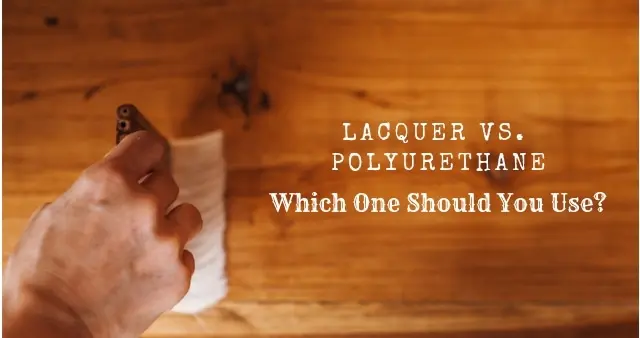How long does Polyurethane take to dry? This is a common question among people working on different wood pieces. If you are not sure how long you should wait, don’t worry. This article outlines everything you need to know about polyurethane drying and curing time.
Contents
How Long Does Polyurethane Take to Dry?
Oil-based polyurethane takes about 24 hours to dry, while water-based polyurethane only takes 6 hours to dry. However, ou will have to wait longer before you begin to use the surface after polyurethane is dry. This is because the finish has to go through the curing process, which takes up to a couple of weeks.
Drying time is the duration you need before applying the next coat while curing time is the recommended duration before using the floor or piece of furniture. Every manufacturer has a secret recipe with unique additives and chemicals that affect the application differently.
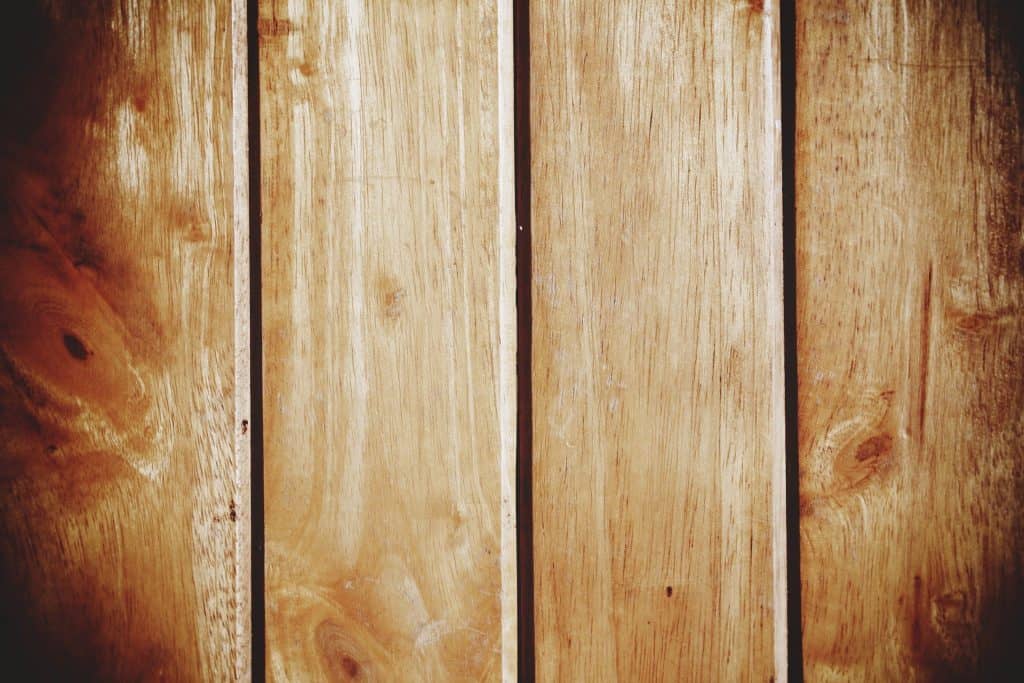
Read ahead to understand the difference between drying and curing and exactly what to do in each stage.
Understanding the Concept of Drying and Curing Polyurethane
These two concepts explain the two phases of applying polyurethane to your wooden surface. To help you understand how much they differ, we offer a brief explanation:
Drying Polyurethane
Drying happens a few hours after applying a polyurethane resin mixed in a liquid solvent, water, or oil, to the wood. As the solvent dries, the polyurethane resin remains to form a protective barrier to the wood material.
In both water-based and oil-based polyurethane, the drying happens when the solvent evaporates. It is faster with water than with oil.
Curing Polyurethane
The curing process comes after the polyurethane has dried properly. During curing, the polyurethane resin forms a formidable, resistant barrier that protects wooden surfaces for years.
Curing happens after drying when the polish begins to react with oxygen to cross-link polymer molecules and form a three-dimensional matrix of the resin.
Drying and Curing Time for Water-based and Oil-based Polyurethane
Here is a simple guide of what happens after a certain amount of hours after applying water-based and oil-based polyurethane
After Six Hours of Applying Water-based Polyurethane
- The wood will appear dry and won’t feel tacky on touch. If you are working on your floor, please do not walk on it with shoes or bare feet.
- It is ok to sand the wood, ensure that you clean the surface thoroughly after sanding
- Also, you can add another coat if you intend to.
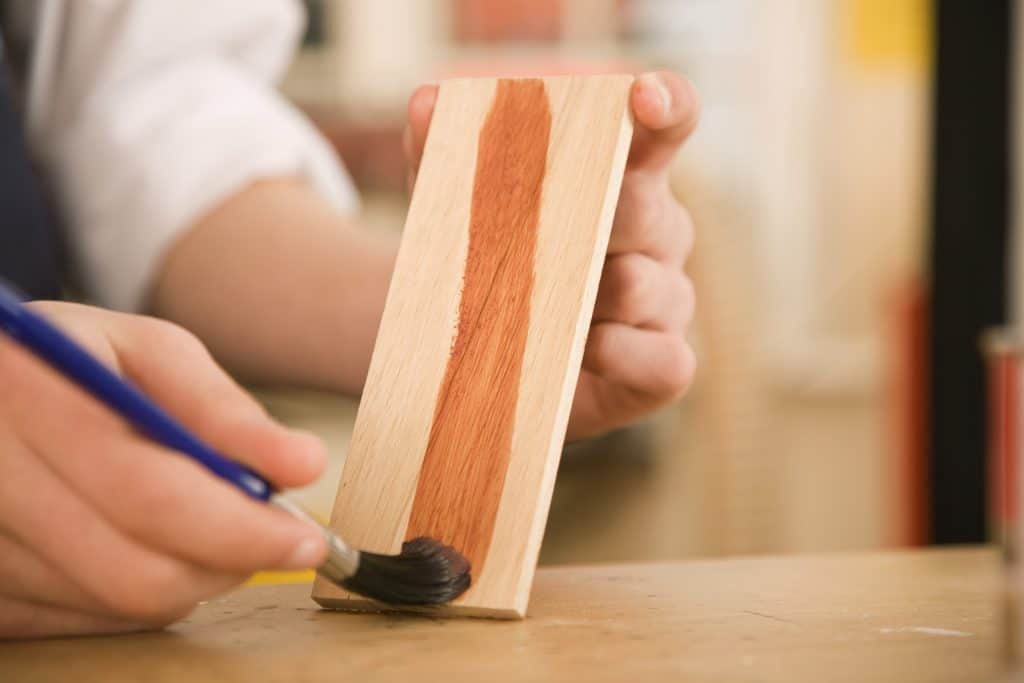
After 24 Hours Applying Water-based Polyurethane
- You can start to reuse the surface. For floors, you can begin to walk on it with shoes or bare feet
- After one week, you can allow your pets to walk on the floor
- Do not cover the wooden surface until after two weeks. It takes 30 days to cure fully
After 24 Hours of Applying Oil-based Polyurethane
- The surface appears dry and not tacky when you touch it.
- You can apply the next coat if you intend to.
After 48 Hours of Applying Oil-based Polyurethane
- If you’re working on flooring, you can gently move your furniture back to the house, after four days.
- You can allow your pets back after two weeks
- Leave the surface uncovered until after two weeks
- It takes 30 days to cure fully
Factors That Affect Drying and Curing Times Of Polyurethane
A host of variables determines the curing and drying times of polyurethane. Understanding these factors is an essential part of the project as it will help you plan and allow appropriate time for drying and curing. These factors include:
Type of Polyurethane
There are two types of polyurethane. These are:
- Water-based polyurethane
- Oil-based polyurethane
Water-based polyurethane dries and cures faster than oil-based polyurethane. However, there are times that manufacturers include additives and solvents that may alter the drying and curing time.
We recommend that you carefully go through the product packaging and manufacturer information before buying any polyurethane product.
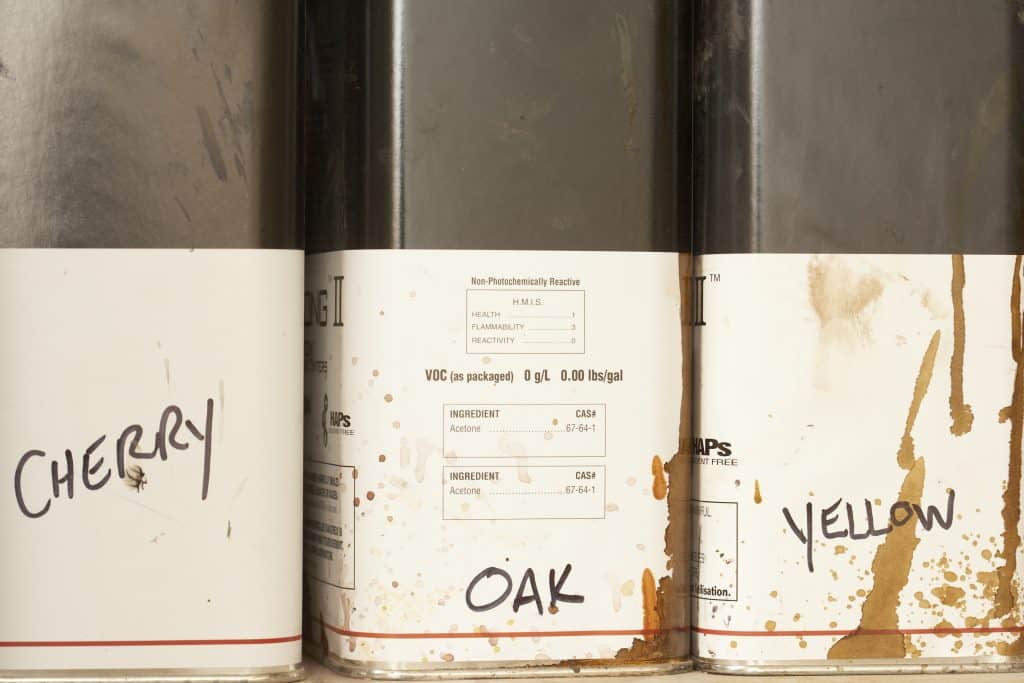
Type and Species of Wood
The type of wood you use will determine how long your polyurethane takes to dry and also affect how well it dries and cures.
Some wood types absorb the solvent faster than others, while some like Rosewood and aromatic cedar do not heal properly. They produce chemicals known to hinder the crosslinking process hence may delay the project.
Environmental Conditions
The standard guidelines that we have stated above refer to projects done under 70 degrees Fahrenheit and 50% humidity. Higher temperatures can speed up the drying process, while lower temperatures will slow the drying time by half a day.
The same applies to humidity. Lower humidity speeds the drying time and vice versa.
Surface
The open grain in raw and sanded wood enables it to shorten the drying time of the first polyurethane coat intended to wet and seal the gaps. The subsequent coats, however, do not apply to this factor and take longer.
Number of Coats Applied
The fewer the number of coats you apply, the faster your polyurethane will dry and cure. The first layer takes the shortest time, and then the duration increases with the coat number.
Dust and Debris
When you notice your polyurethane taking longer than expected to dry, it might be due to the presence of dust and debris on the wooden surface. It is crucial to clean and prepare the surface before you apply the polyurethane varnish.
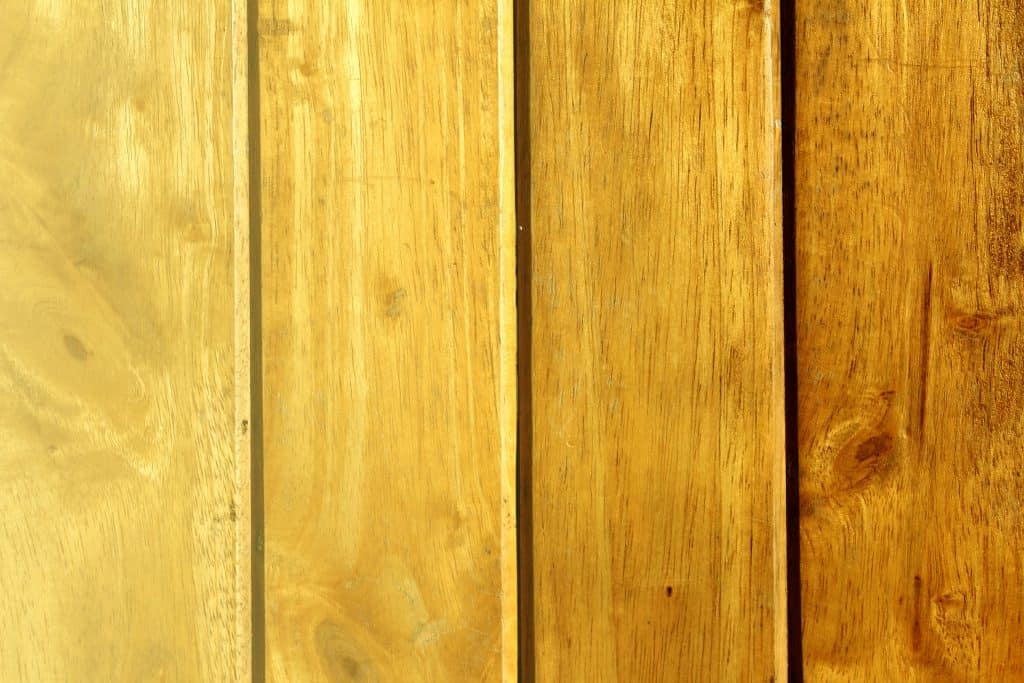
Related Questions
Here are some commonly asked questions about Polyurethane drying time.
Can You Speed up Polyurethane Drying Time?
You can speed up the drying time of polyurethane by applying thin layers of finish rather than heavy coats. You can also use a blow dryer to heat the polyurethane and make it dry faster.
How Many Coats of Polyurethane Should I Use?
You should use at least two coats of polyurethane. We recommend that you use at least three coats for your surface that is prone to regular hardware and occasional moisture.
How Do You Know if the Curing process for Polyurethane is Complete?
You will know that your polyurethane completely cures when it stops to emit any odors. The process takes up to four weeks and will depend on several variables as discussed above.
Conclusion
Several factors affect the drying and curing times of polyurethane finished wood. These include the type of polyurethane, environmental factors, number of coats applied, and the presence of dust and debris. Ensure that you allow sufficient time for the curing process to complete to avoid messing up your floors.
